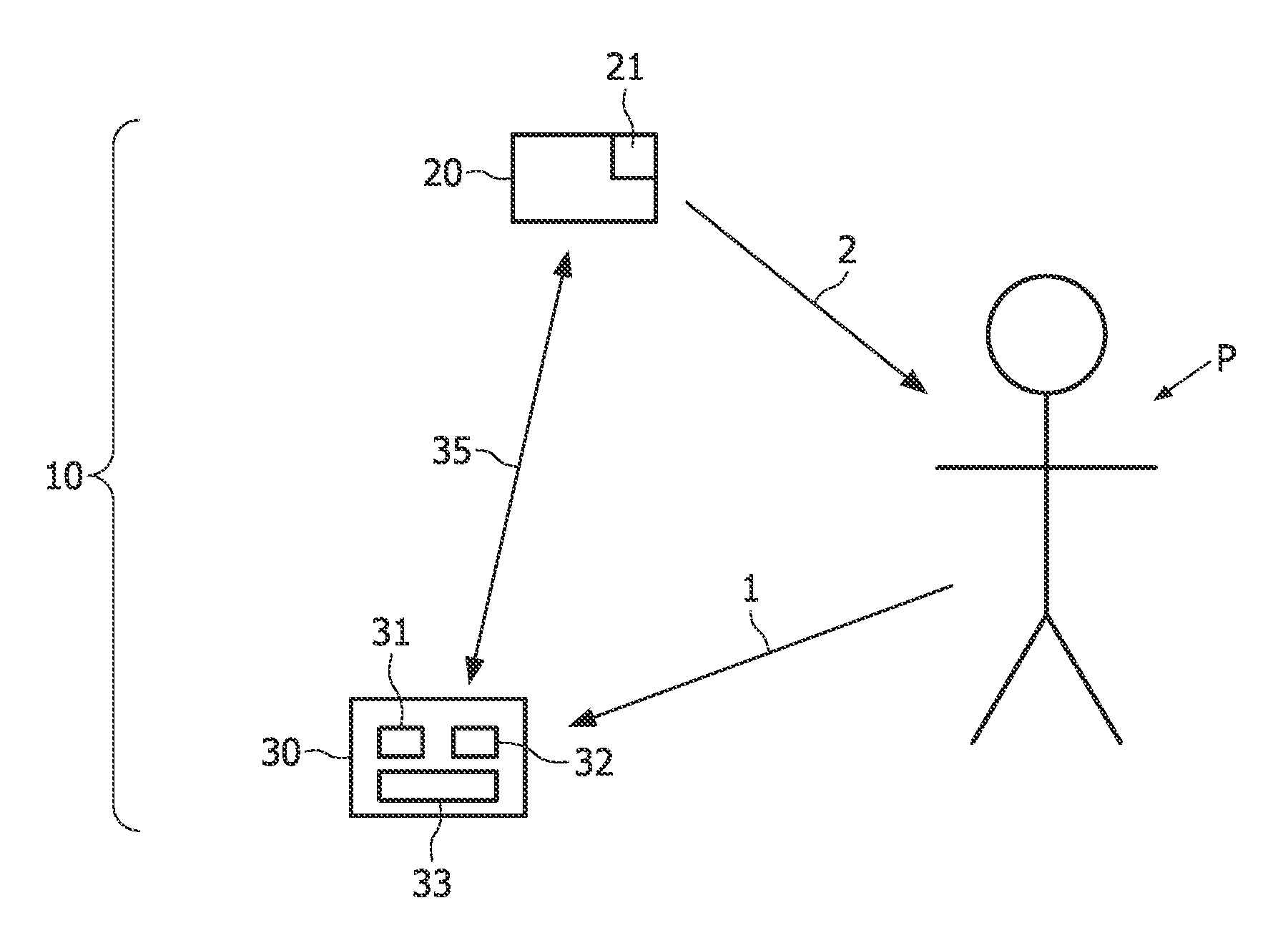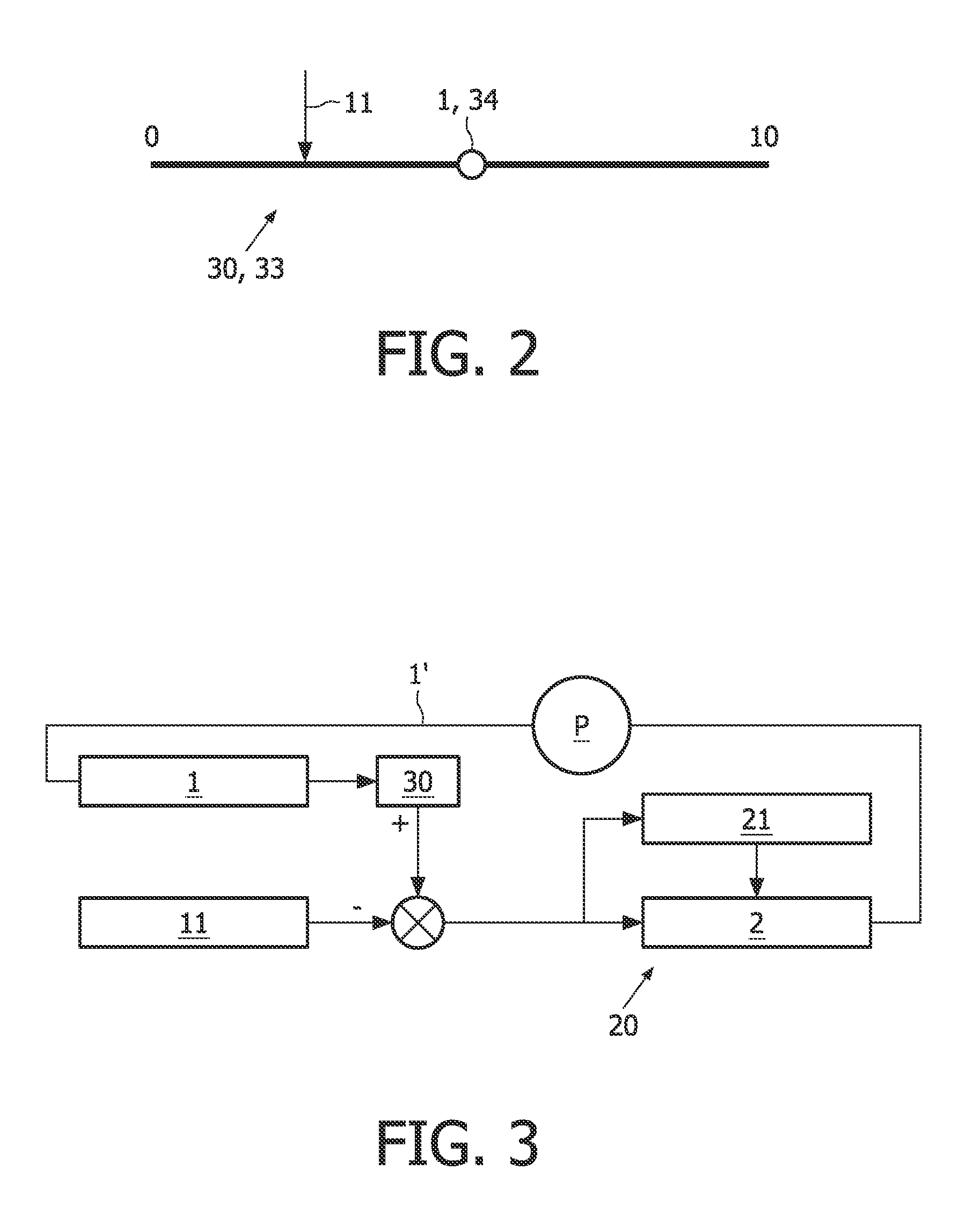Self-learning drug delivery system
a drug delivery system and self-learning technology, applied in the field of self-learning process, can solve the problems of pain that has to be noticed by the patient, high healthcare cost, and more expensive to have a pca in a home setting, so as to prevent the occurrence of pain episodes for the patient, the effect of reducing the amount of medication and reducing the cost of pca
- Summary
- Abstract
- Description
- Claims
- Application Information
AI Technical Summary
Benefits of technology
Problems solved by technology
Method used
Image
Examples
Embodiment Construction
[0036]The present invention will be described with respect to particular embodiments and with reference to certain drawings; however, the invention is not limited thereto but only by the claims. The drawings described are merely schematic and non-limiting. In the drawings, the size of some of the elements may be exaggerated and not drawn on scale for illustrative purposes.
[0037]Where an indefinite or definite article is used when referring to a singular noun, e.g. “a”, “an”, “the”, this includes a plural of that noun unless something else is specifically stated.
[0038]Furthermore, the terms first, second, third and the like in the description and in the claims are used for distinguishing between similar elements and not necessarily for describing a sequential or chronological order. It is to be understood that the terms so used are interchangeable under appropriate circumstances and that the embodiments of the invention described herein are capable of operation in other sequences tha...
PUM
| Property | Measurement | Unit |
|---|---|---|
| time | aaaaa | aaaaa |
| time delay | aaaaa | aaaaa |
| swelling | aaaaa | aaaaa |
Abstract
Description
Claims
Application Information
 Login to View More
Login to View More - R&D
- Intellectual Property
- Life Sciences
- Materials
- Tech Scout
- Unparalleled Data Quality
- Higher Quality Content
- 60% Fewer Hallucinations
Browse by: Latest US Patents, China's latest patents, Technical Efficacy Thesaurus, Application Domain, Technology Topic, Popular Technical Reports.
© 2025 PatSnap. All rights reserved.Legal|Privacy policy|Modern Slavery Act Transparency Statement|Sitemap|About US| Contact US: help@patsnap.com



